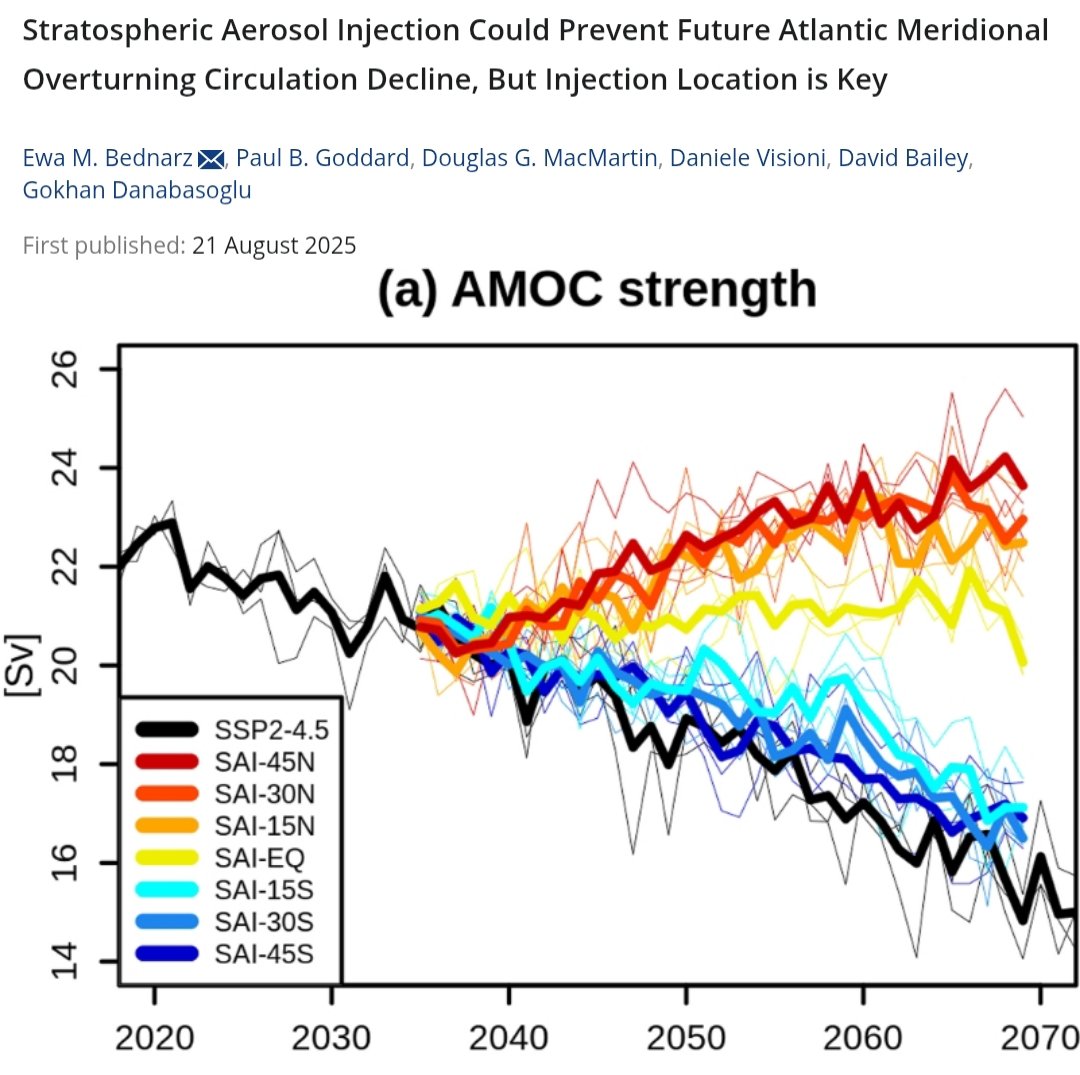🚨Researchers at the KAIST and the @MIT have developed a new fiber-based material that can capture CO2 directly from the air using only small amounts of electricity, potentially lowering the barriers to large-scale deployment of direct air capture (#DAC) technology.
DETAILS🧵1/8
DETAILS🧵1/8

2/ DAC systems, which remove CO2 directly from ambient air, have long been hindered by their high energy requirements.
With atm CO₂ concentrations at less than 400ppm, vast volumes of air must be processed, typically requiring large amounts of heat.
With atm CO₂ concentrations at less than 400ppm, vast volumes of air must be processed, typically requiring large amounts of heat.
3/ The joint team, led by Professor Ko Dong-yeon of KAIST & Professor T. Alan Hatton of MIT, overcame this limitation by designing an electrically conductive fiber adsorbent (ethylenediamine EDA-Y zeolite/cellulose acetate (CA) fiber) that heats itself through Joule heating. 

4/ The material can reach 110 degrees Celsius in just 80 seconds using a low voltage of 3 volts — roughly equivalent to charging a smartphone. 

5/ The fiber is coated with a 3mm thick layer of silver nanowires & nanoparticle composites, creating a porous structure that allows CO2 molecules to pass through efficiently while enabling rapid, uniform heating. 

6/ When connected in parallel, the fibers’ resistance drops below 1 ohm, demonstrating scalability for larger systems.
7/ In real-world tests, the material captured & released CO2 at purities above 95%.
Because it operates entirely on electricity, it could be powered by renewable sources such as solar & wind energy, making it a promising fit for decarbonization strategies.
Because it operates entirely on electricity, it could be powered by renewable sources such as solar & wind energy, making it a promising fit for decarbonization strategies.

📝For more details, read the study entitled "Design of Electrified Fiber Sorbents for Direct Air Capture with Electrically-Driven Temperature Vacuum Swing Adsorption" here:
🧵8/8 #DirectAirCapture #CDRadvanced.onlinelibrary.wiley.com/doi/10.1002/ad…
🧵8/8 #DirectAirCapture #CDRadvanced.onlinelibrary.wiley.com/doi/10.1002/ad…
"unroll" @threadreaderapp
• • •
Missing some Tweet in this thread? You can try to
force a refresh













